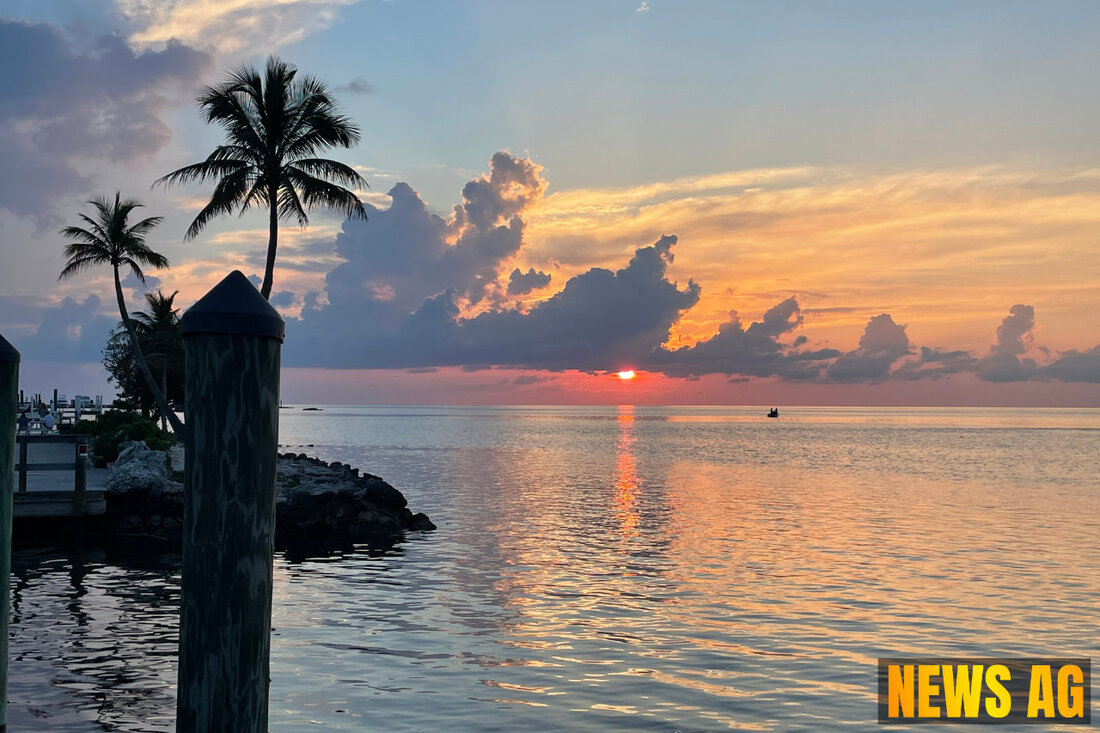Fort Lauderdale's Skyline Booms: 27,000 New Homes on the Horizon!

Fort Lauderdale, Florida, USA - Fort Lauderdale is at a crossroads, with a construction slowdown but a wealth of development projects still lined up for the city. Just a glance at the plans reveals an ambitious vision: over 27,000 new residential units are on the drawing board, assuming all are approved and built. Remarkably, about 80% of these will find their home downtown, indicating a strong focus on urban living in this vibrant city. The latest updates from the city reveal significant undertakings, with a total of 21,958 units planned for Downtown alone, alongside 1,059 hotel rooms, according to Tampa Bay Times.
This development surge is not just about numbers; it’s about transformation. Local officials like Commissioner Steve Glassman advocate for this growth, highlighting the need to accommodate an influx of new residents. However, this shiny picture isn’t without its critics. Concerns about increased traffic and how high-rise developments might overshadow the community’s character are growing louder.
Rising Populations and Growing Demand
The demographic landscape of Fort Lauderdale is changing fast. Downtown has experienced a jaw-dropping 35% population increase in just four years, outpacing other notable cities like Austin and Nashville, as reported by DAA Fort Lauderdale. This boom in residents ties directly to the burgeoning housing pipeline—20,000 new residences are slated for construction, with about 4,000 already underway. Adding to the mix is the fact that families are flocking to the area, making up a larger portion of the local population compared to cities like Tampa and Miami.
Fort Lauderdale isn’t simply keeping pace; it’s setting itself apart. The average apartment size in Fort Lauderdale is 8% larger than those in Miami and a striking 28% larger than units in New York City. This focus on spacious living is evident in the urban core, which accounts for half of all new residences in Broward County since 2020. The community’s projected growth of 28% between 2024 and 2028 shows no signs of slowing.
The Housing Market Pulse
As demand surges, the housing market in Fort Lauderdale remains competitive. The median home price sits at $540,000, reflecting an 8% increase from last year, as noted by Norada Real Estate Investments. The challenge? Housing supply has dipped 11.7% year-over-year, creating a competitive climate where bidding wars are becoming the norm. Interestingly, while locations like Victoria Park have seen values jump by 26.3%, other areas like Coral Ridge are experiencing declines of 10.3%.
The changing preferences of buyers are shaping this market. Younger generations, including many remote workers, are pushing for urban living due to its amenities, despite an ongoing preference for spacious suburban homes. With such dynamics at play, it’s projected that home prices will experience moderate growth of 2-3% over the next couple of years.
What Lies Ahead
Fort Lauderdale stands on the brink of significant evolution, marked by its increasing residential options and vibrant urban character. As city leaders push for development, the community grapples with the dual challenges of maintaining quality of life while accommodating new growth. The lingering questions remain: how will the unique character of Fort Lauderdale adapt? Will the benefits of new developments outweigh the challenges they bring? Only time will tell, but one thing is certain—Fort Lauderdale is a city in motion, with its eyes firmly set on the future.
| Details | |
|---|---|
| Ort | Fort Lauderdale, Florida, USA |
| Quellen | |
